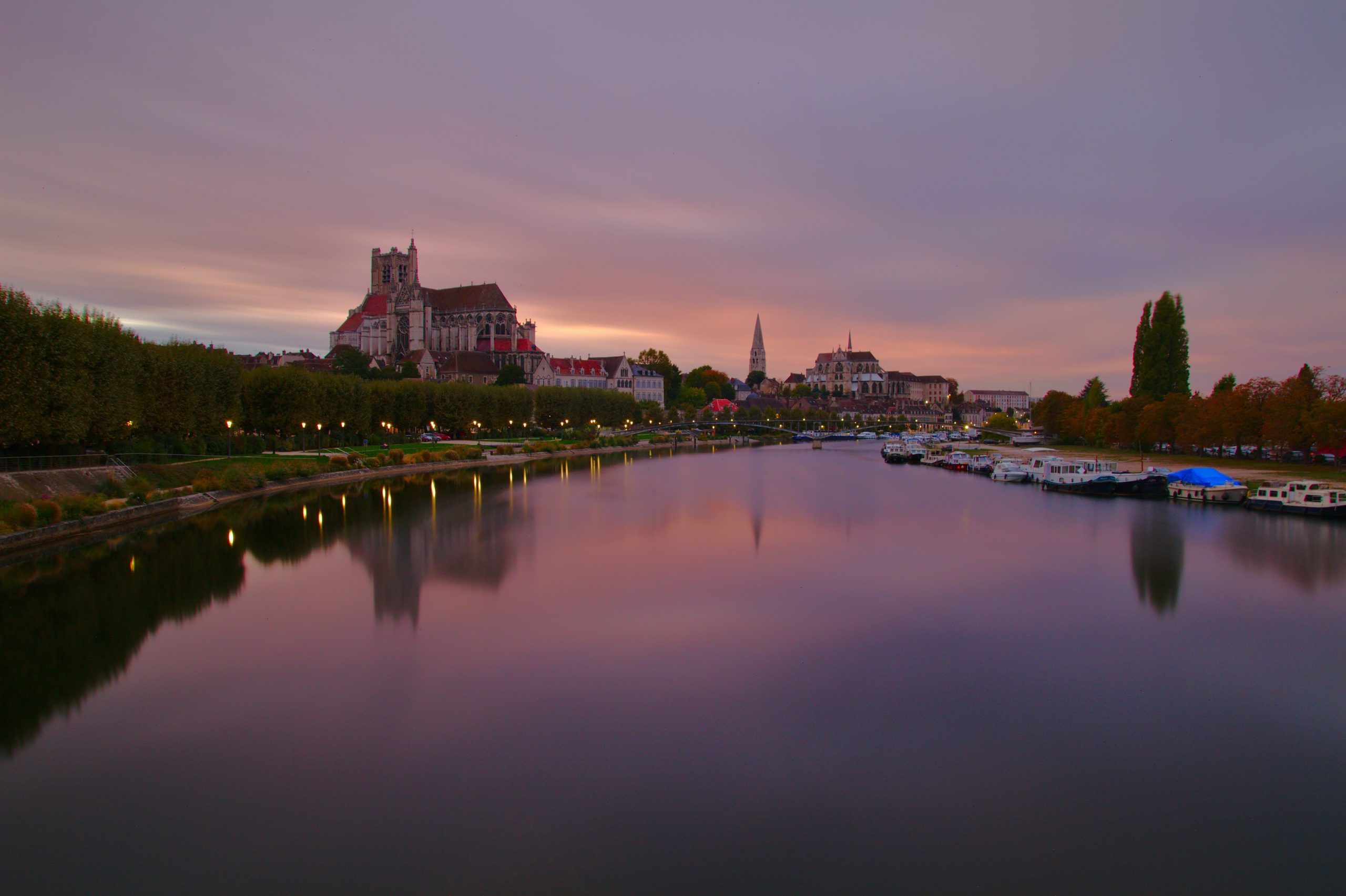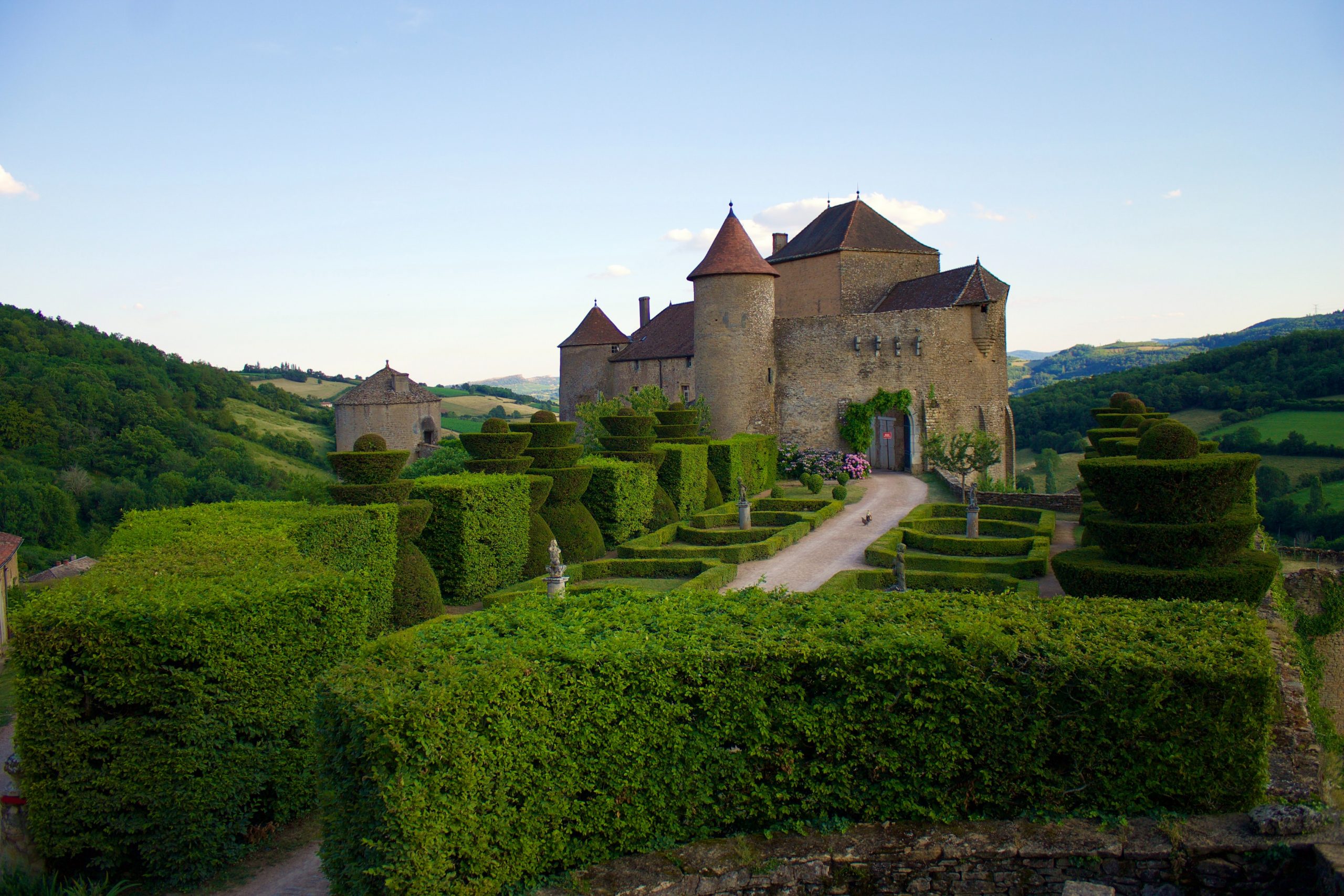Burgundy is a peaceful rural region at the heart of France, which has a rich and unique history
The Burgundians were one of the Germanic peoples who filled the power vacuum left by the collapse of the western half of the Roman Empire. In 411, they crossed the Rhine and established a kingdom at Worms. Amidst repeated clashes between Romans and Huns, the Burgundian kingdom encompassed what is today the borderlands between Switzerland, France, and Italy. In 534, the Franks defeated Godomar, the last Burgundian king, and absorbed the territory into their growing empire.
Burgundy’s modern existence is rooted in the dissolution of the Frankish Empire. When the dynastic succession was settled in the 880s, there were four Burgundies:
- the Kingdom of Upper (Transjurane) Burgundy around Lake Geneva
- the Kingdom of Lower Burgundy in Provence
- the Duchy of Burgundy west of the Saône River
- the County of Burgundy east of the Saône River
The two kingdoms of Upper and Lower Burgundy were reunited in 937 and absorbed into the Holy Roman Empire under Conrad II in 1032, as the Kingdom of Arles. The Duchy of Burgundy was annexed by the French throne in 1477. The County of Burgundy remained loosely associated with the Holy Roman Empire (intermittently independent, whence the name “Franche-Comté”), and finally incorporated into France in 1678, with the Treaties of Nijmegen.

Photo: Michael Guibert
During the Middle Ages, Burgundy was the seat of some of the most important Western churches and monasteries, among them Cluny, Citeaux, and Vézelay.
During the Hundred Years’ War, King John II of France gave the duchy to his younger son, rather than leaving it to his successor on the throne. The duchy soon became a major rival to the French throne, because the Dukes of Burgundy succeeded in assembling an empire stretching from Switzerland to the North Sea, mostly by marriage.

Photo: Baudouin Wisselmann
The Burgundian Empire consisted of a number of fiefdoms on both sides of the (then largely symbolic) border between the Kingdom of France and the Holy Roman Empire. Its economic heartland was in the Low Countries, particularly Flanders and Brabant. The court in Dijon outshone the French court by far, both economically and culturally. In Belgium and in the south of the Netherlands, a ‘Burgundian lifestyle’ still means ‘enjoyment of life, good food, and extravagant spectacle’.
In the late 15th and early 16th centuries, Burgundy provided a power base for the rise of the Habsburgs, after Maximilian of Austria had married into the ducal family.
In 1477 at the battle of Nancy during the Burgundian Wars the last duke Charles the Bold was killed in battle and Burgundy itself taken back by France. After the death of his daughter Mary her husband Maximilian moved the court first to Mechelen and later to the palace at Coudenberg, Brussels, and from there ruled the remnants of the empire, the Low Countries (Burgundian Netherlands) and Franche-Comté, then still an imperial fief. The latter territory was ceded to France in the Treaty of Nijmegen of 1678.
During the Industrial Revolution Burgundy prospered once again when, in 1838, the Schneider iron and steelworks based at Le Creusot made the first French locomotive at this time.
Burgundy vineyards

Photo: Maja Petric
Today much of Burgundy’s prosperity is centred about the prestigious wine growing areas in the south and around Dijon. These small pockets have helped uphold the region’s reputation as the land of great art and good living and today people visit the area to try some of France’s finest wines such as Nuits-Saint-Georges, Meursaultand Beaune. Most of the vineyards are found in the attractive area called the Côte d’Or.
The area is divided into the Côtes de Nuits and Côtes de Beaune, the latter is known for its whites: Meursault, Montracet and Puligny. The reds of the Côtes de Nuits are considered superior as they are richer and better age. Once run by religious orders, these vines are now owned by wealthy people and are so lucrative that they almost never come up for sale.




